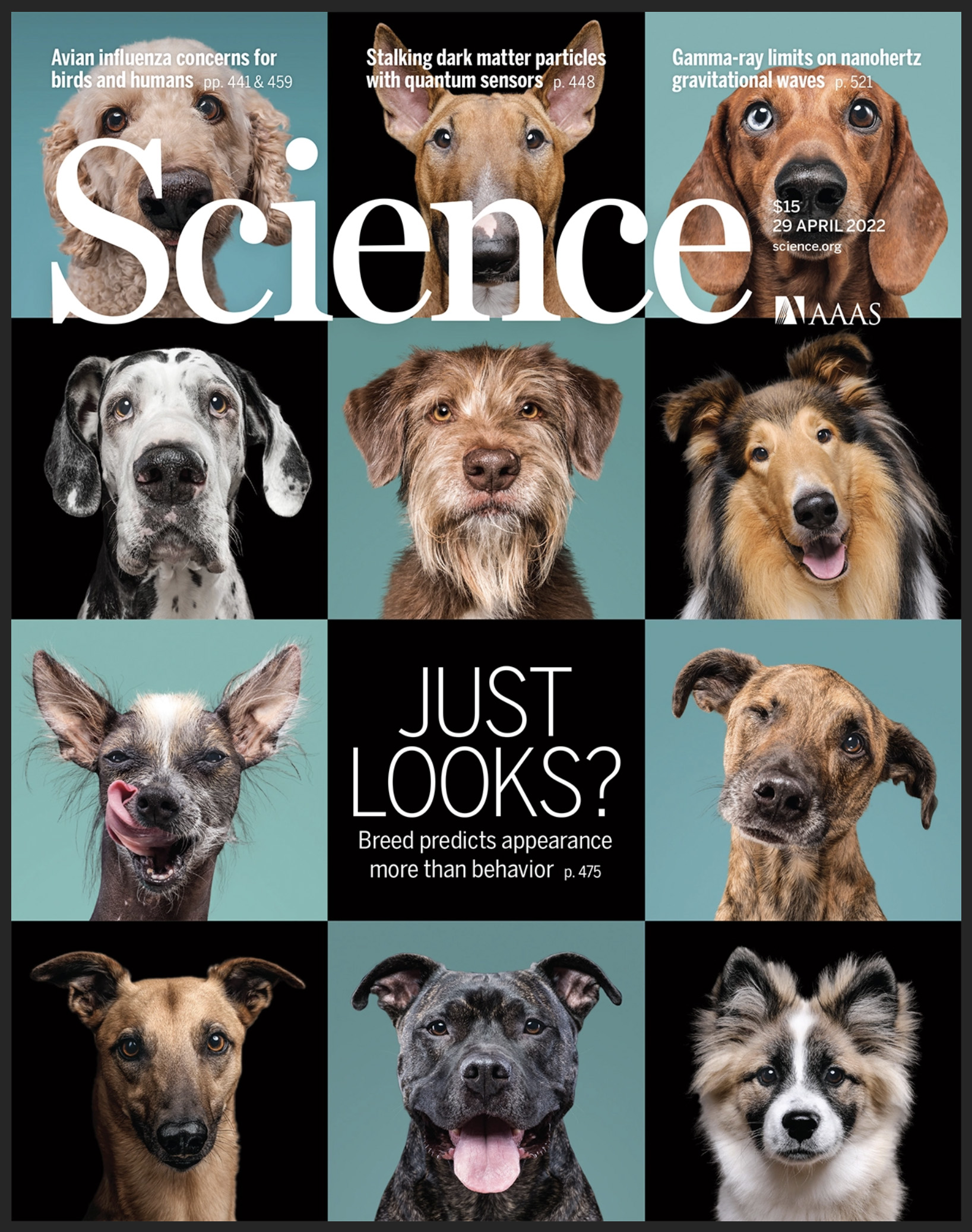Darwin’s Ark
Darwin’s Ark utilizes a unique brand visual system, strategy, and website where pet owners obtain genome sequencing kits and interact with scientists and the global pet owner community. The visual language is engaging and speaks to the general public from the scientific community, encouraging dog owners to become loyal Citizen Scientists.

Design here plays a role, straddling the world between the scientists in their lab and in the field and the pet owning public. Design solutions for the scientists in the lab can be just as appealing and easy to use as the public facing experience.
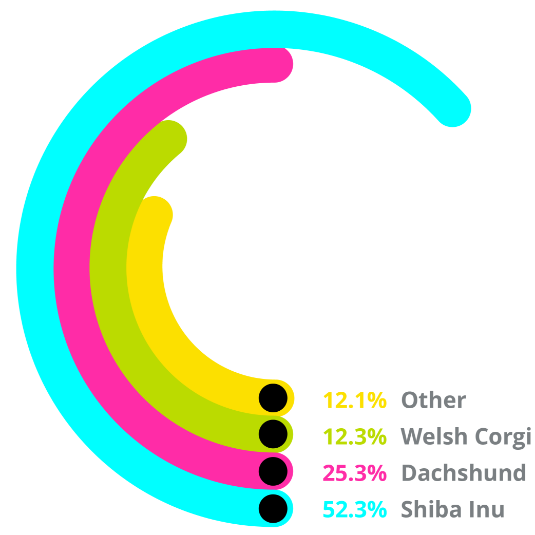



Brand & visual system
360DESIGN created a colorful and fluid design system that references the genome in abstract and simple forms in eye-catching and friendly colors that draw attention to this academic venture. It must work for pet owners and scientists alike.

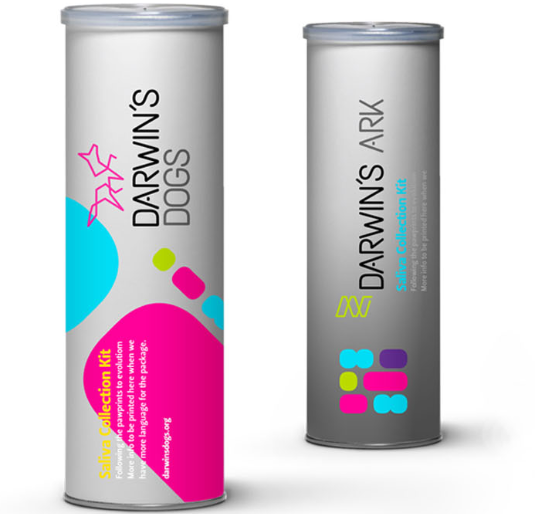
Design Genome Kit package
The kit packaging follows the same appealing design with the consistent use of branded elements and the design system.
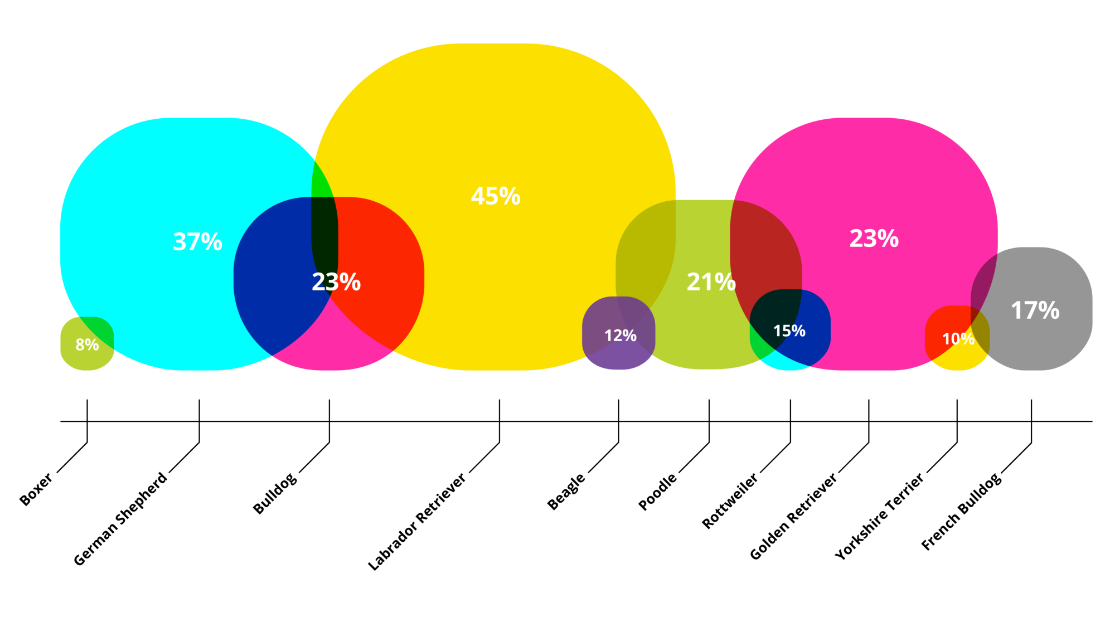
Website Design and build
The website is where the pet owner and the scientist interact. This is the true interface between the two groups. Pet owners register their animals and then interact with the scientists through simple and easy-to-use online tools.
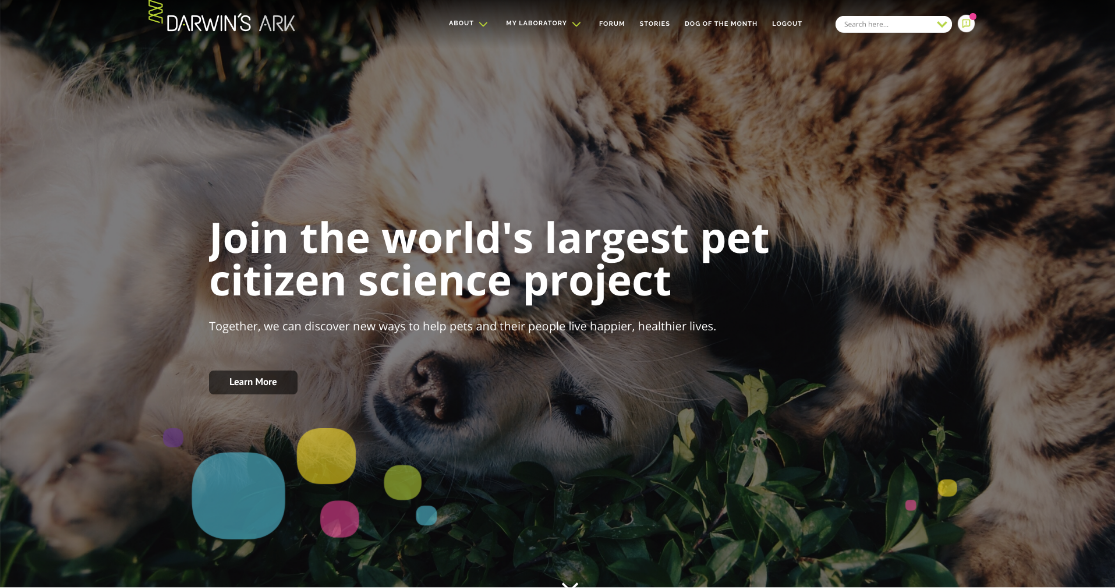
Icon system
For the genomic breed predictions, a set of branded icons were developed to illustrate various coat and skeletal properties that could be identified within the dogs that are sampled.


Other printing materials
360DESIGN has developed a holistic system that works across multiple channels. Each pet in the program receives a detailed printed volume of the genome sequencing results.
After years of sequencing the DNA of more than 2000 purebred and mixed-breed dogs, the Darwin’s Ark team conducted a study based on the data, coupled with community scientist surveys about their dogs, to release a paper that dives into physical versus behavioral traits and how genetics does (or does not) affect this. The paper, released on the cover of Science Magazine, marks a great milestone for the project and will dispel many long-held myths about stereotypes of certain breed behaviors, with important ramifications for human psychiatric disease research.
